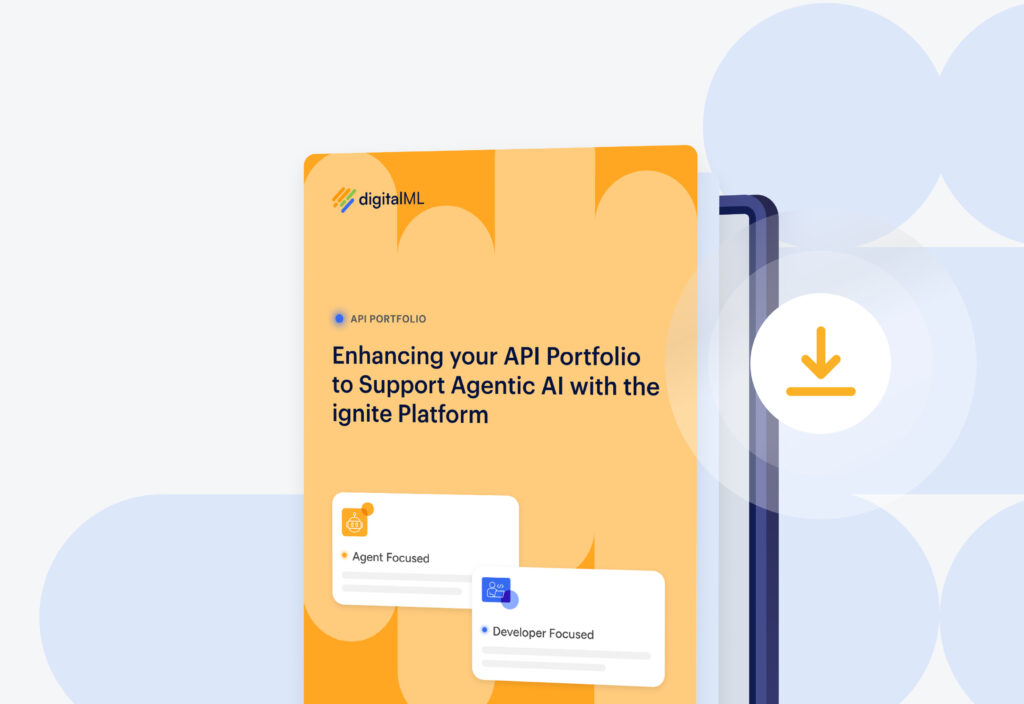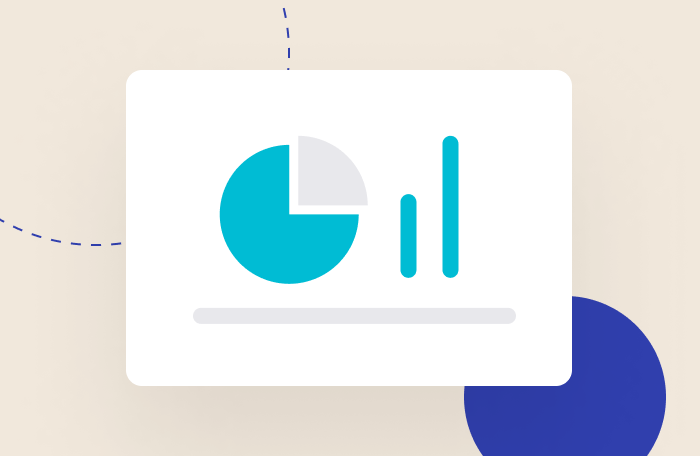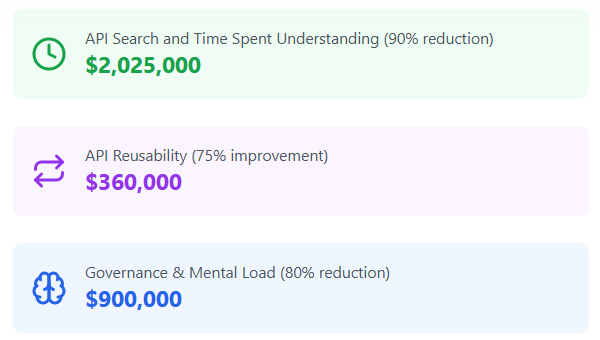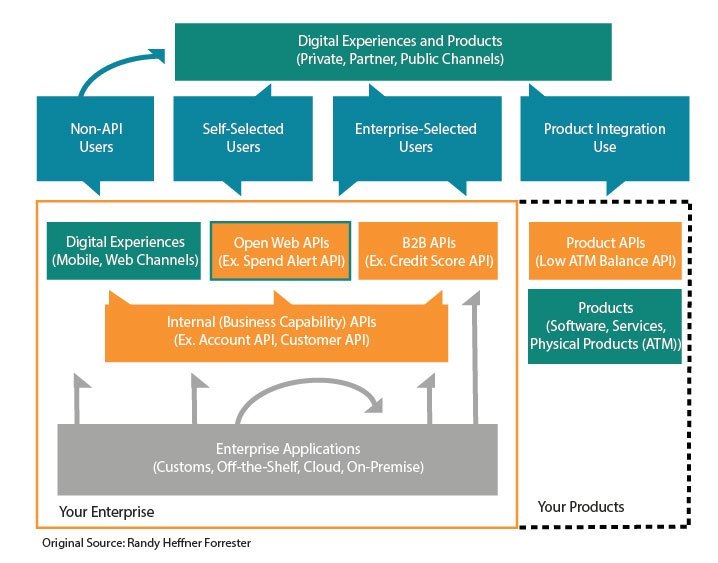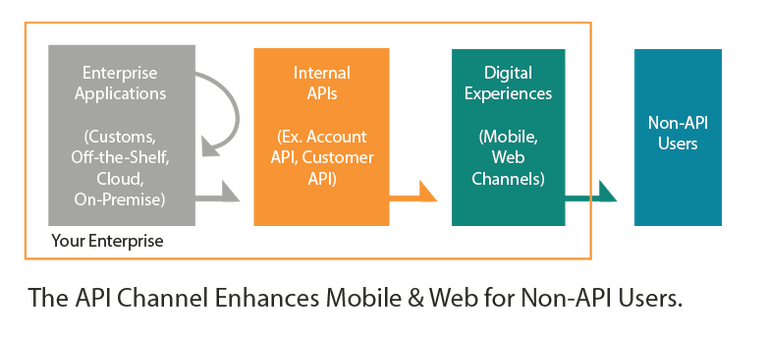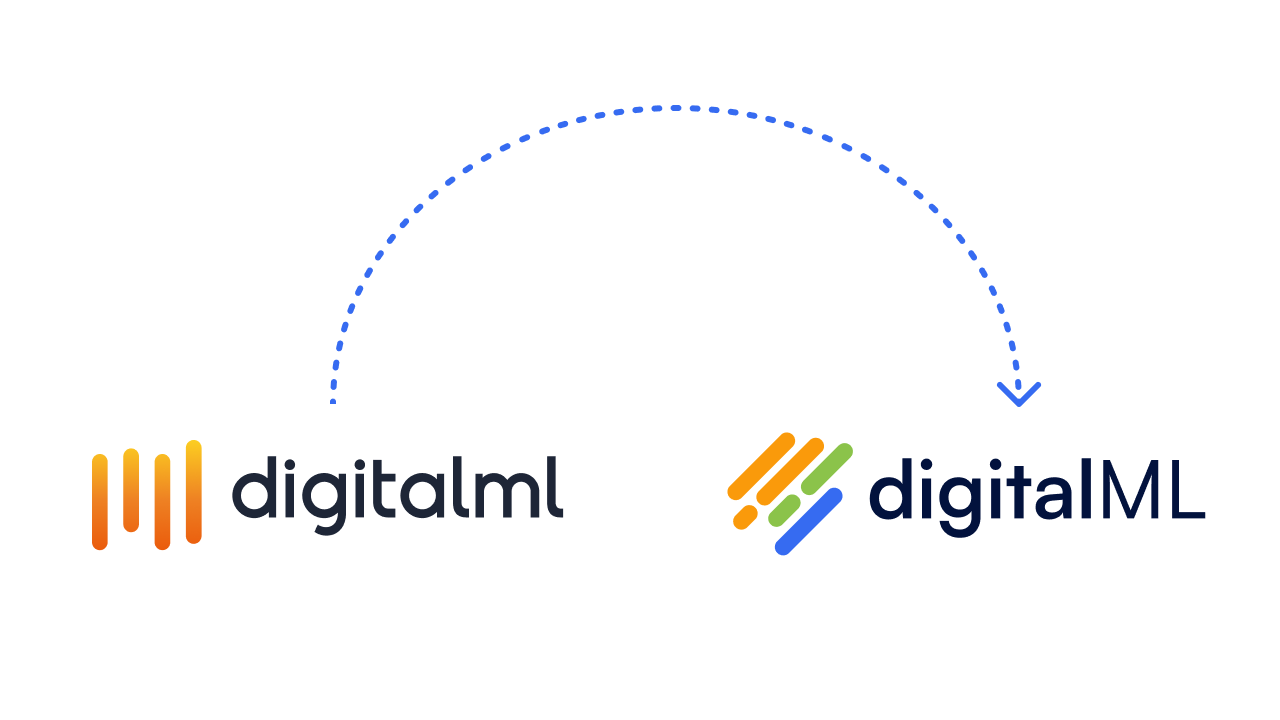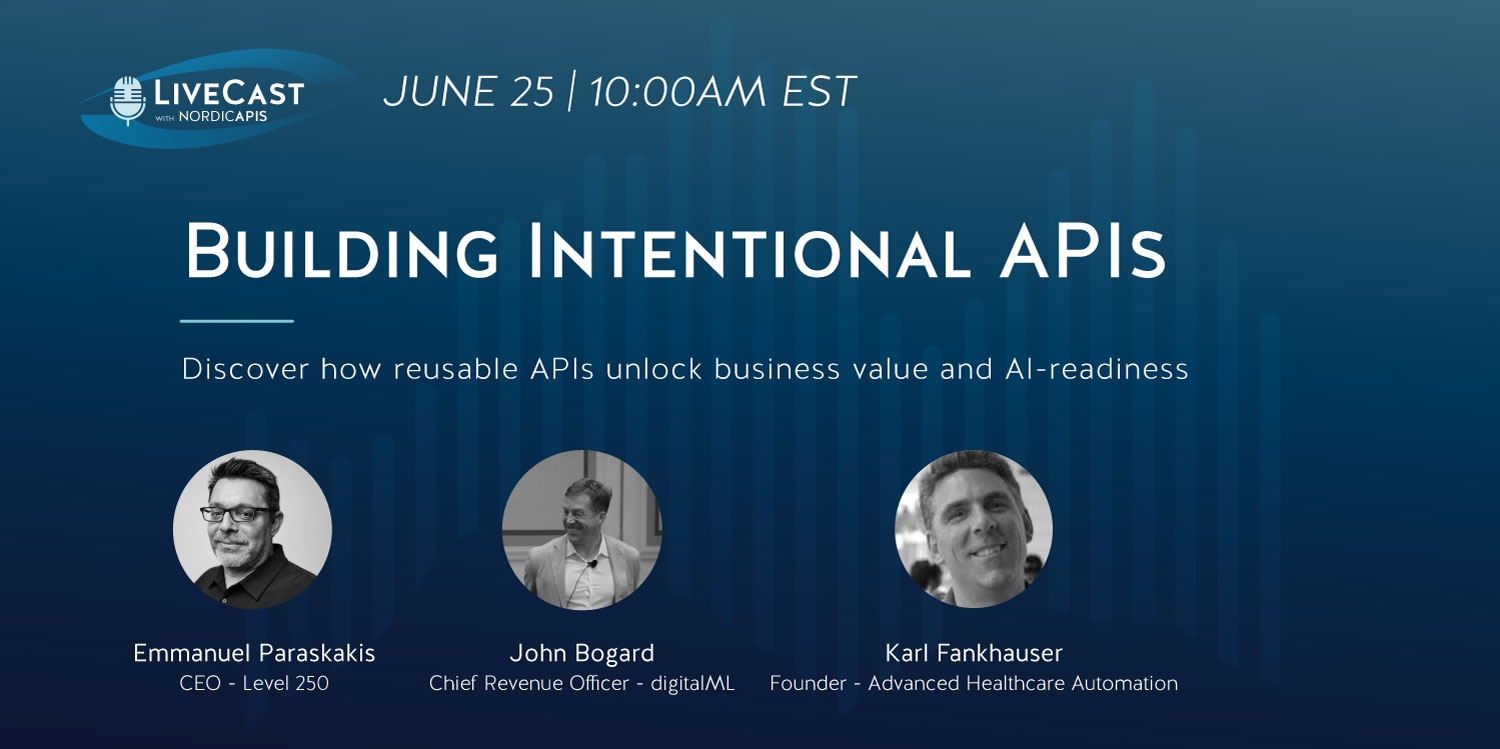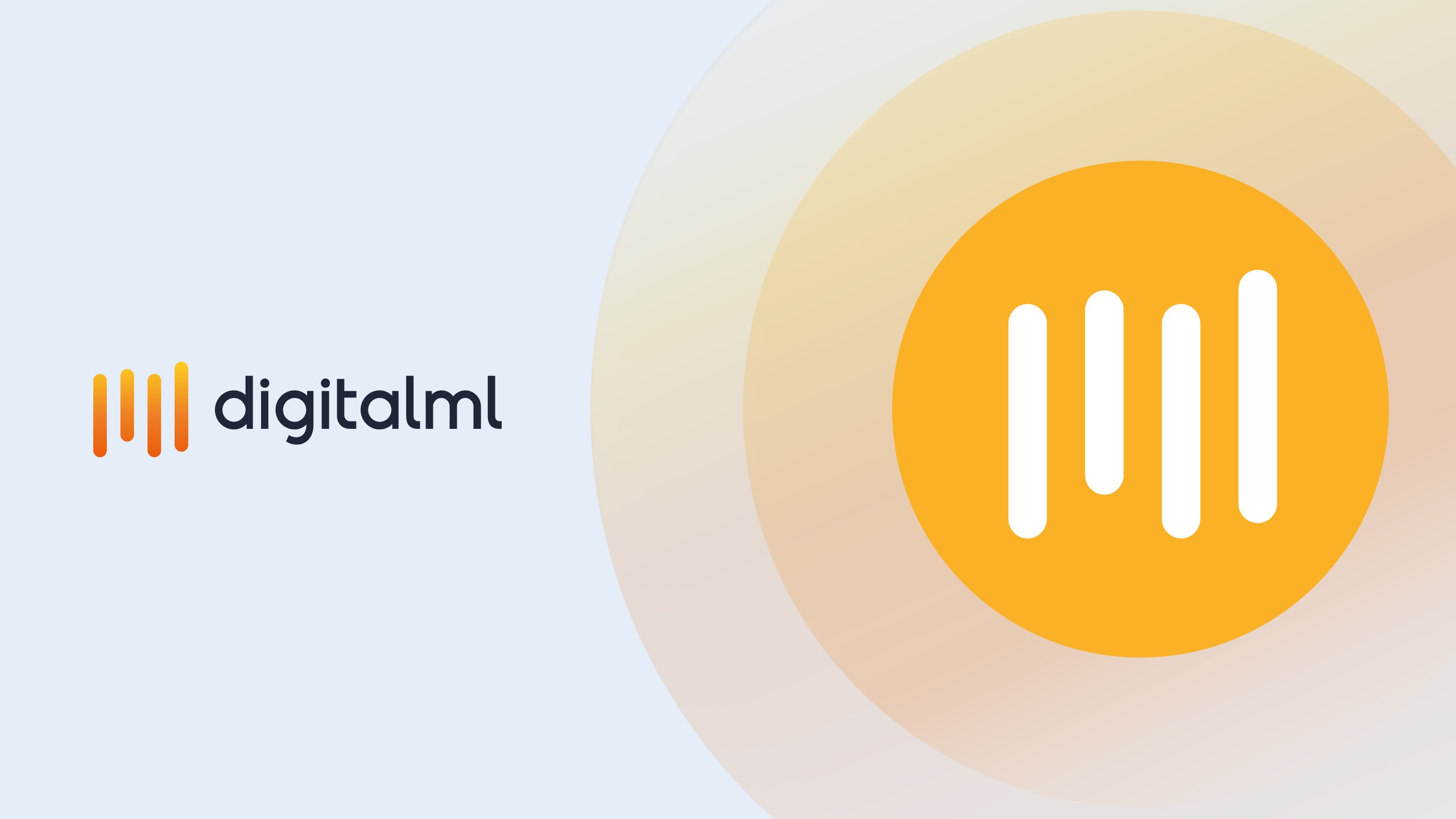There’s A New Channel in Town
It’s called the API channel — and it’s quickly gaining footing with the others (mobile, web, branch, ATM).
The API channel is special, in that it not only sits next to the other channels, but it also supports them — APIs increase the speed, quality, and functionality behind every digital touchpoint where digital business occurs. So it’s a big one to get right.
You might be thinking, “Whoa, that’s a lot of touchpoints!” In which case, you’re spot-on. The program will be vast, and it will need to be scalable — a true API strategy goes far beyond managing just a handful of APIs and hackathons.
Before we dive in, let’s cover a few key terms and why they’re relevant to digital business. (You can skip over this next section if you’re already familiar with the bold letters, and you really fancy yourself a know-it-all. No judgments here.)
Digital Business: A Few Key Terms
Every digital banking trend hinges on APIs (Application Programming Interfaces), because they offer fast and secure functionality, or integration, between endpoints. These endpoints allow APIs and services to access data from a range of interfaces – your laptop, my bank; your phone, the Lyft app, your bank account, you get it. Typically every API carries out one or more capabilities, or business functions.
One way to think of APIs is to picture background mini-apps, delivering services behind the scenes (and sometimes not just behind! See: GoogleMaps API). Another metaphor we’ve been throwing around the digitalML HQ of late is the circulatory system. The data is like blood that gets distributed around the body (the company), and the heart is the API/service catalog — as the heart gets stronger (more portfolio coverage), so does the heartbeat. More on that in a future post.
Now, what do we mean by API channel? According to Investopedia, a channel is a “chain of businesses or intermediaries through which a good or service passes until it reaches the end consumer.”
In this case, the same holds true. This difference being that each touchpoint (point of contact) along the “chain” can feed data directly to the API channel — which makes for great end-to-end (E2E) digital reporting, by the way. End-to-end being the entire digital story, start to finish, core function to end-user.
An obvious example of E2E supply chain reporting in action is the suite of shipping and tracking APIs offered by UPS, which revolutionized delivery service, giving an edge to the retailers who could quickly jump on board to offer the API-based service for realtime status.
What the API Channel Supports
In reference to the above Investopedia quote, the term end consumer broadens a bit for the API channel — for example, a typical retail channel might assume the end consumer to be a traditional retail customer. Yet that same retailer’s API channel will have end consumers that are not only retail customers (see non-API usersbelow), but also Open API developers (see self-selected users & enterprise-selected users below), various B2B partners (see enterprise-selected users below), and internal consumers (see products, enterprise, product integration use below), as well.
The following graphic is a great view of the many channels supported and enhanced by your API channel. In this instance, the orange boxes represent the collective API channel, the green boxes represent endpoint channels, the blue boxes represent end users, and the gray box represents your core enterprise applications.
You can see how there’s orange backing nearly every green — that’s the API channel supporting every other channel.
Channel Dive: 4 Use Cases
To fully grasp this graphic, let’s take a deep dive into four ways an API channel supports your flow of services, experiences and products for end users.
1. Internal APIs Support Mobile and Web
We’ll start with the first flow above, from your core capabilities to a non-technical end user. For a retail bank, this user might be your typical retail banking customer.
Think of internal APIs as pre-packaged core capabilities — ready-made building blocks, so your company is quickly able to whip together great new experiences. Here, your “Account” and “Customer” internal APIs might contribute to a great digital experience by feeding real-time data to the web and mobile channels your retail customers use (Non-API users).
2. Open APIs Bring Your Business to 3rd-Party Channels
Say you offer a handful of open web APIs, available in a developer portal. That portal could be considered an end-user channel in its own right, if you’re charging for usage.
Let’s say you offer an open web API called “Spend Alert API” — it alerts retail customers when they’ve spent more than their budgeted goal. Self-selected users (API consumers) may use this API to bring your functionality to a product they’re building.
Or perhaps it’s being used by an appointed API consumer (internal or external) to build a great digital experience for one of your own private, partner, or public channels. Or, in yet another option, it could wrapped into a white-labelled experience and sold by a partner.
As you can imagine, the open web node of the API channel hosts many opportunities for digital business, extending your brand to countless further channels.
3. B2B APIs Enhance B2B Channels
Say your bank partnered with TransUnion to build a “Check Credit Score” B2B API together (this is not considered an Open Web API simply because it is used solely between B2B parties).
This API brings integration between your companies by combining your customer data with TransUnion’s credit-checking functionality. This might enhance your partner channel, or the API might extend your combined business to a public third-party channel — Mint, or Zelle, perhaps.
4. Product APIs Smooth Product-to-Product Interaction for All Channels
Product APIs, not to be confused with API Products, integrate between products only.
In a fourth use case (we’re sure there are more!), perhaps you built a “Low ATM Balance” product API that integrates between your ATMs and one of your cash supplier services to build a faster, smoother supply chain for your own ATM channel.
In these simplified examples of your distribution channels, we hope we’ve provided a better understanding of the many benefits of an API channel, and why the API strategy that governs that channel is so important.
It’s worth noting that internal APIs, also called (capability APIs), support every flow we’ve covered today, and while further from the monetizeable endpoints, your internal APIs bring arguably the greatest value to your digital business dealings, as they offer the most reuse and interoperability.
If you have any questions or would to discuss your API strategy, let’s talk.

